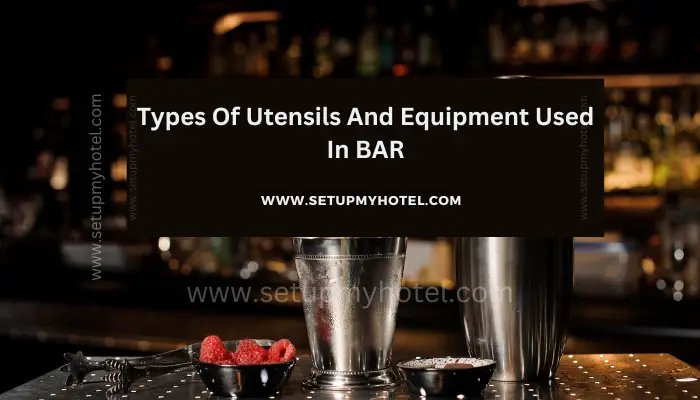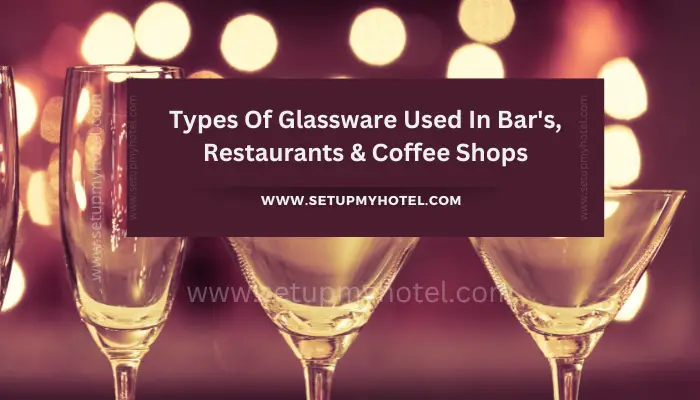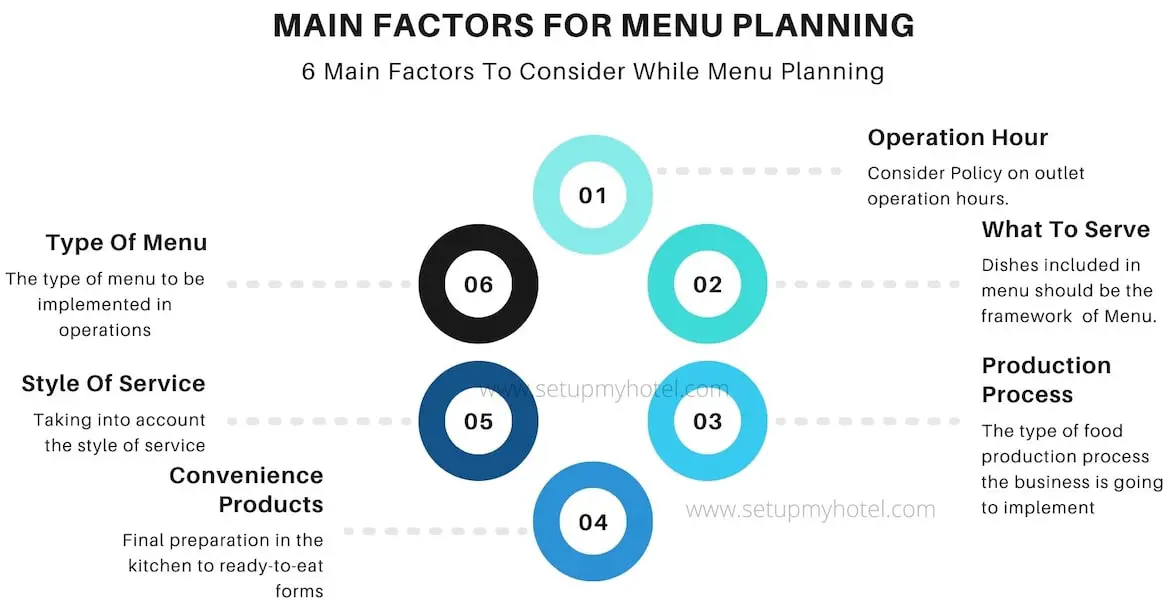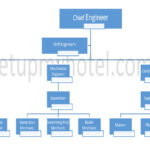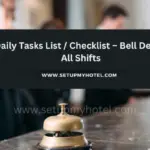Banquet Enquiry / Event Enquiry Form Sample
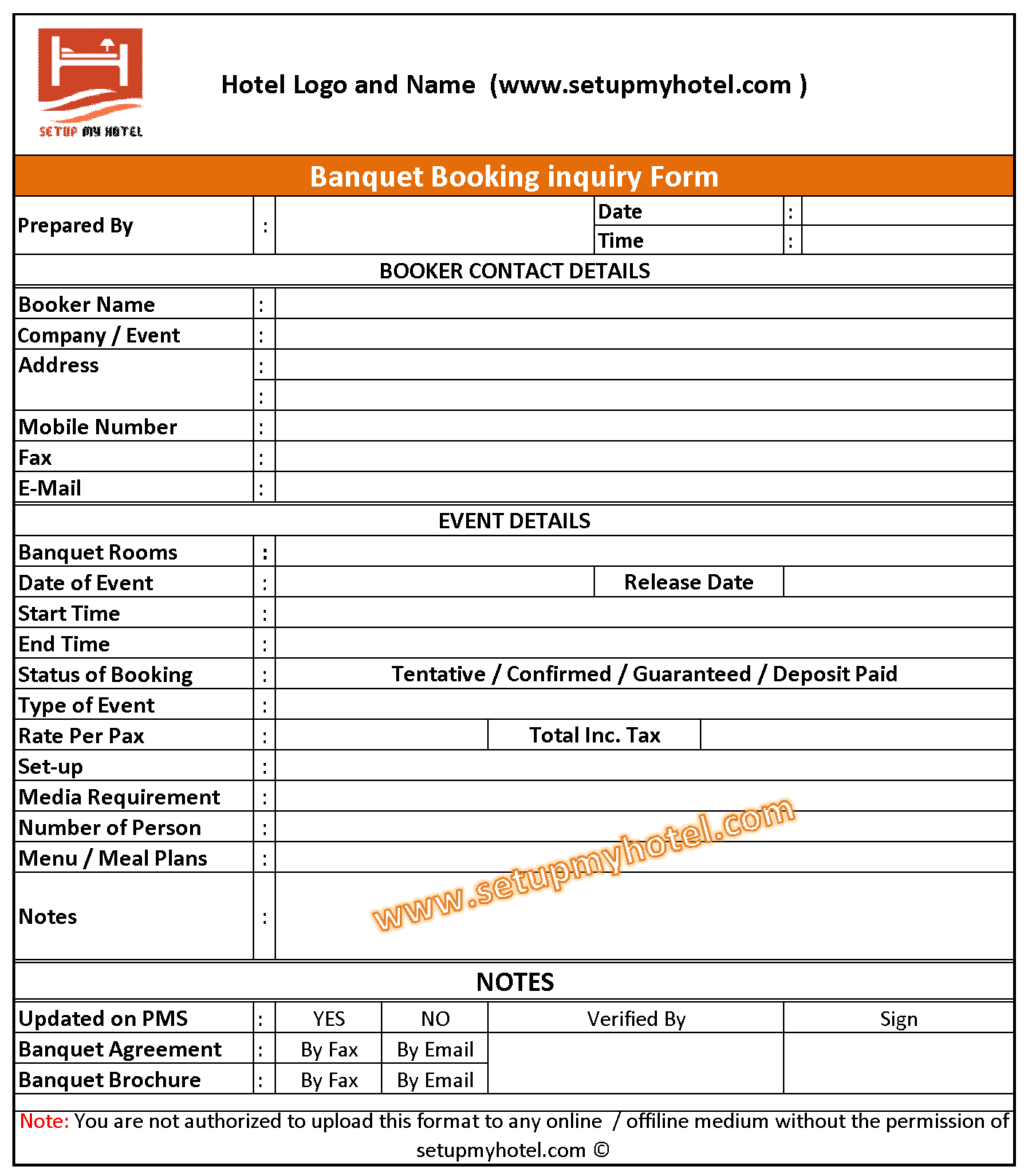
Sample Banquet or Event booking inquiry format: The Banquet inquiry form is used by the hotel sales team to write ...
Read more
Service Standard – Restaurant Server Or Maître d’ Audit Checklist
Restaurant Server or Maître d’ Audit Control Checklist
Read more
Checklist For Purchasing Food And Beverage Service Equipment
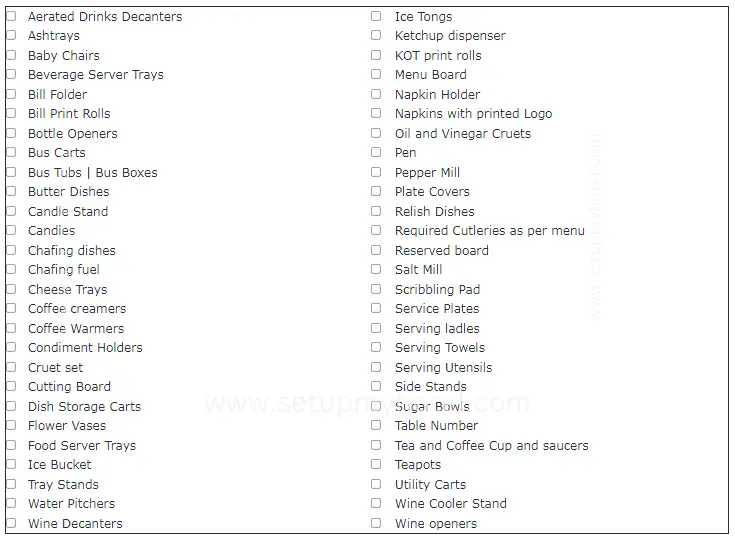
Purchasing F&B Service Equipment Creating a checklist for purchasing Food and Beverage (F&B) service equipment is crucial to ensure that ...
Read more
Service Standard Checklist – Room Service Order Taker
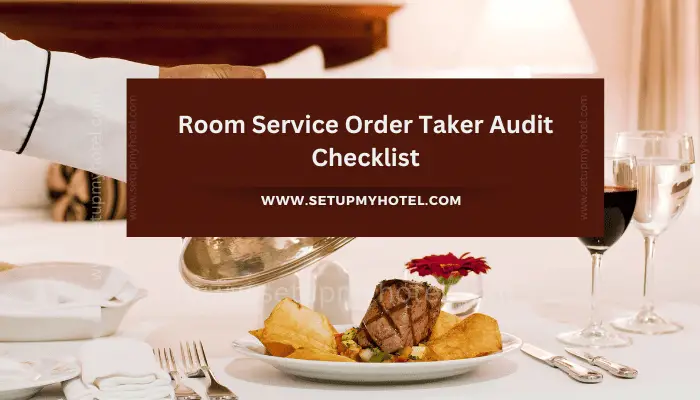
Room Service Order Taker Audit Checklist In order to ensure that our room service order takers are providing excellent service ...
Read more
Service Standard Checklist – Room Service Order Delivery
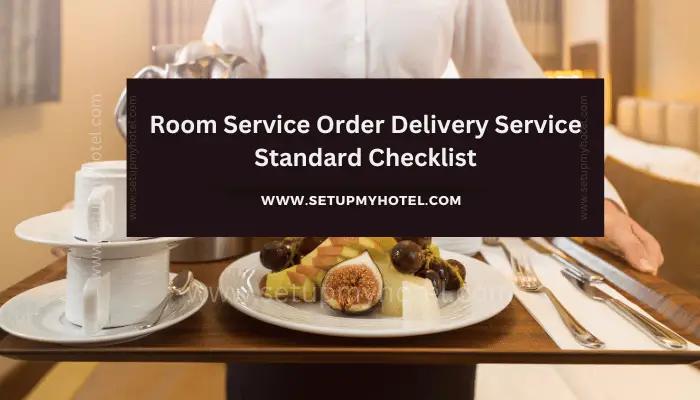
Room Service Order Delivery Service Standard Checklist To ensure that guests have a comfortable and enjoyable stay, it is important ...
Read more
4 Types Of F&B Par Stocks
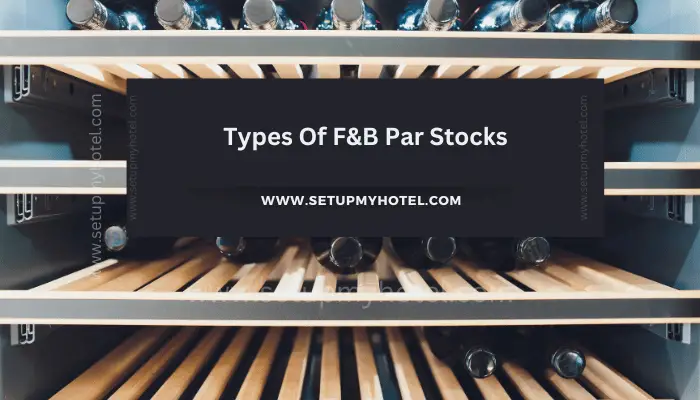
What are the types of Food & Beverage Par Stocks The food and beverage industry, “par stock” refers to the ...
Read more
41 Etiquettes And Manners For Hotel Staff / Front Office Staffs
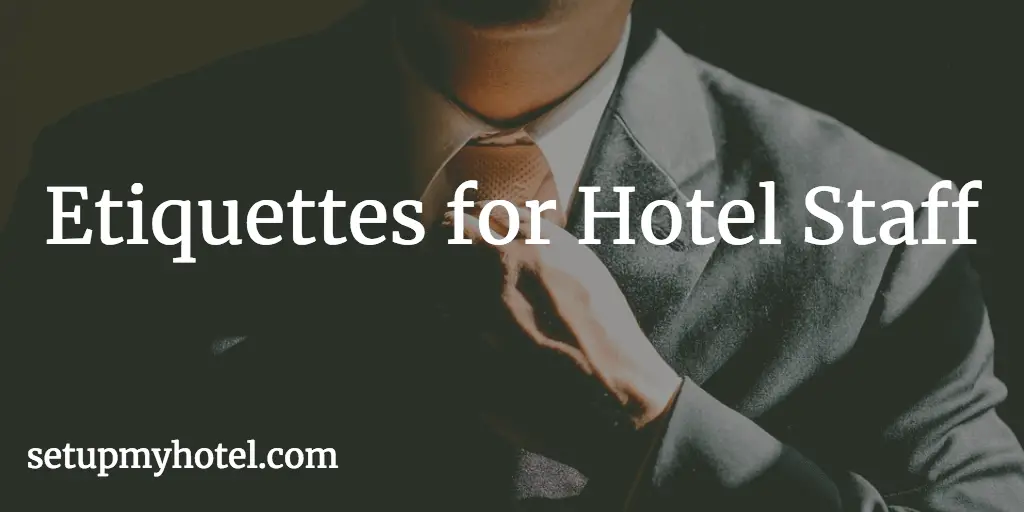
Etiquettes and Manners for Hotel Staff / Front Office Staff Working in the hospitality industry requires a high level of ...
Read more
